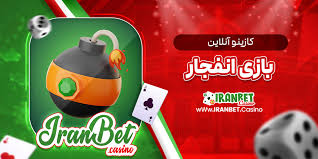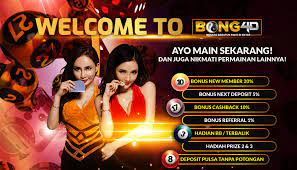The Joker card is a fascinating and unique element within a standard deck of playing cards, often considered both a wild card and a symbol of unpredictability. Although it is not always used in traditional card games, the Joker has found its way into various games, cultural references, and artistic expressions. This article will explore the history of the paito angka, its various uses, and its significance in both gaming and popular culture.
History of the Joker Card
The Joker card emerged in the United States during the mid-19th century. It was originally created for the game of Euchre, where it served as a trump card. The name “Joker” is believed to have derived from “Euchre,” as players often referred to the trump card as the “best bower.”
Over time, the Joker became a staple in the standard 52-card deck, particularly in the United States, where it typically appears alongside two additional Joker cards, bringing the total to 54 cards. The design of the Joker has evolved significantly, often featuring whimsical imagery, colorful designs, and various representations of jesters or clowns.
Uses of the Joker Card in Card Games
- Wild Card:
In many games, the Joker is used as a wild card, allowing players to substitute it for any other card to create a winning hand. This versatility adds an element of surprise and strategy to gameplay. - Trump Card:
In games like Rummy and Poker, the Joker may serve as a trump card, enhancing its value and significance within the game. - Game Variants:
The Joker can change the rules and dynamics of a game. For example, in some variations of Poker, using a Joker can create unique betting scenarios and hands. - Scoring Mechanism:
In certain games, Jokers may have specific scoring values or conditions, influencing players’ strategies and overall gameplay.
The Joker in Popular Culture
The Joker has transcended its role in card games and become a prominent figure in popular culture. Here are some notable representations:
- Literature and Film:
The Joker is perhaps best known as a character from DC Comics, particularly as the arch-nemesis of Batman. His portrayal as a chaotic and unpredictable villain has made him a cultural icon, inspiring numerous films, TV shows, and graphic novels. - Symbol of Chaos:
The Joker card often symbolizes unpredictability and chaos, making it a popular motif in art, literature, and media. It represents the idea that one unexpected event can change the course of a game or narrative. - Psychological Interpretation:
The Joker is sometimes viewed through a psychological lens, representing the duality of human nature—the blend of playfulness and danger. This duality resonates with audiences and is frequently explored in various forms of storytelling. - Board Games and Video Games:
Beyond traditional card games, the Joker has made appearances in numerous board games and video games, often adding unique mechanics or twists to gameplay.
Conclusion
The Joker card is more than just a piece of cardboard; it represents unpredictability, versatility, and the potential for surprise in both games and life. Its origins in the game of Euchre and subsequent evolution into a wild card in various games highlight its adaptability and enduring popularity. Beyond gaming, the Joker has solidified its place in popular culture, symbolizing chaos and the complexities of human nature. Whether in a friendly game of cards or as a character in a blockbuster film, the Joker continues to captivate and entertain audiences around the world.


